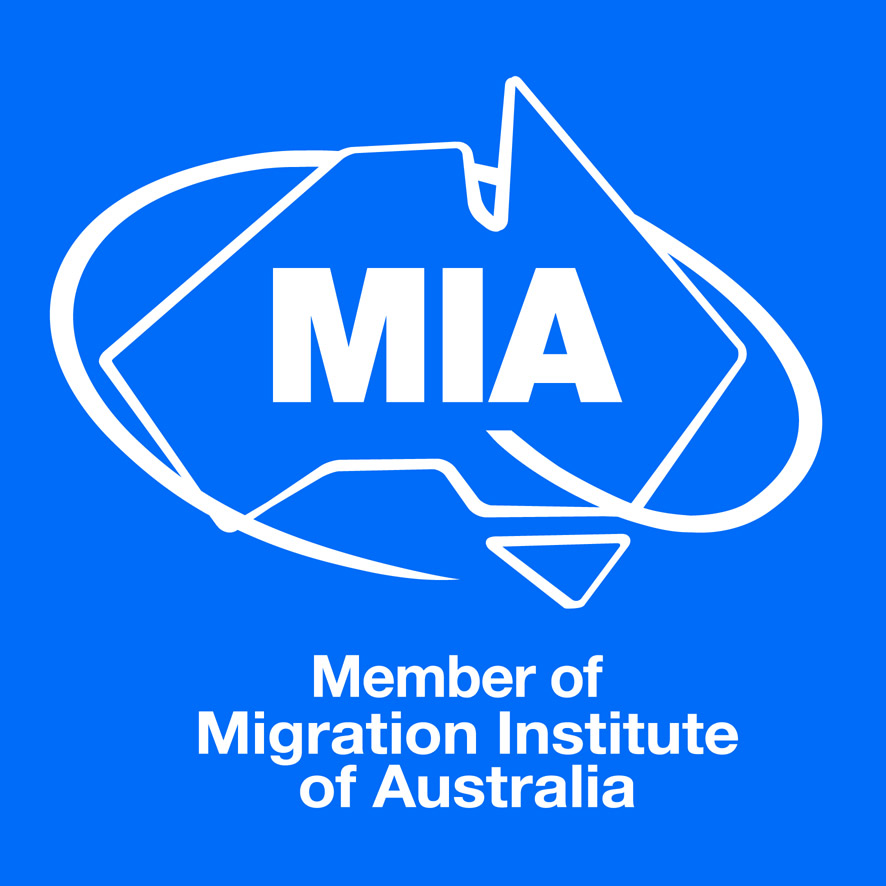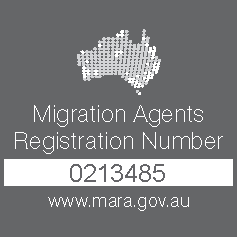Offshore and Onshore Partner visas allow the partner or spouse of an Australian citizen, Australian permanent resident or eligible New Zealand citizen to live in Australia.
Generally, there are two types of partner visas.
1 – Onshore partner visa – subclass 820 (Temporary) / subclass 801 (Permanent) visa
The onshore partner visa is a two-stage process that involves applicants simultaneously applying for the onshore partner visa – subclass 820 and the subclass 801 visa.
Applicants must be in Australia at the time of lodgement.
2 – Offshore partner visa – subclass 309 (Provisional) / subclass 100 (Migrant) visa
The offshore partner visa is also a two-stage process that involves applicants simultaneously applying for the subclass 309 visa and the subclass 100 visa.
Applicants must be outside of Australia at the time of lodgement.
Offshore & Onshore Partner Visas: Processing times
As with all visas, waiting times apply from the time the application is lodged to being finalised.
Onshore partner visas currently have the following wait times:
Onshore Partner Visa – Subclass 820 visas
- 25% of applications: 3 Months
- 50% of applications: 6 Months
- 75% of applications: 16 Months
- 90% of applications: 34 Months
Onshore Partner Visa – Subclass 801 visas
- 25% of applications: 6 Months
- 50% of applications: 13 Months
- 75% of applications: 16 Months
- 90% of applications: 26 Months
Offshore partner visas currently have the following wait times:
Subclass 309 visas
- 25% of applications: 6 Months
- 50% of applications: 10 Months
- 75% of applications: 15 Months
- 90% of applications: 29 Months
Subclass 100 visas
- 25% of applications: 12 Months
- 50% of applications: 17 Months
- 75% of applications: 20 Months
- 90% of applications: 29 Months
Processing times for a permanent partner visa commence from the date of eligibility which is usually two years after applying for the combined temporary and permanent partner visas.
These published timelines are a guide only. All applications are assessed on a case-by-case basis with the more complex cases taking longer to process.
The processing of older and more complex applications may impact the wait times for new applications lodged.
Applications can take longer to process if:
- The application is not completed correctly
- All required documents have not been included or more information is required
- It takes time to verify your information
It’s important that applicants not only supply all relevant information but also provide accurate and honest information.
Many Offshore and Onshore partner visas have been refused as the Department of Home Affairs believed that the applicants were not truthful when it came to the nature of their relationship and why they were applying for an Offshore and Onshore partner visa.
In October 2022, the Federal Government announced as part of the federal budget it would employ more people to help reduce the wait times in visa processing.
At the time, data showed that temporary partner visas were taking between eight and 13 months to be approved. A decade ago, the average wait time was six months.
More About Offshore and Onshore Partner Visas
Onshore Temporary Partner Visa (Subclass 820)
The Onshore Partner Visa – subclass 820 visa enables the partner or spouse of an Australian citizen, Australian permanent resident, or eligible New Zealand citizen to live in Australia temporarily. Family members can also be included in the Onshore Partner Visa – subclass 820 application.
Holders of an Onshore Partner Visa – subclass 820 visa can stay in Australia until their permanent partner visa application is approved or they withdraw their application.
An Onshore Partner Visa – subclass 820 visa allows visa holders to:
- Stay and work in Australia
- Study in Australia
- Travel to and from Australia as many times as they like
- Attend free English language classes provided by the Adult Migrant English Program, if they are eligible
- Apply for access to Medicare.

Onshore Permanent Partner Visa (Subclass 801)
The subclass 801 visa allows the partner or spouse of an Australian citizen, Australian permanent resident or eligible New Zealand citizen to live in Australia permanently. It is usually only granted to those who hold a temporary partner visa.
Those who have been granted a subclass 801 visa can:
- Stay in Australia as a permanent resident
- Work and study in Australia
- Access Medicare
- Sponsor family members to come to Australia
- Travel to and from Australia
- Attend free English language classes provided by the Adult Migrant English Program
- Apply for Australian citizenship, if applicable
Offshore Partner (Provisional) Visa (Subclass 309)
A subclass 309 visa allows the partner or spouse of an Australian citizen, Australian permanent resident or eligible New Zealand citizen to live in Australia temporarily. Getting this visa is the first step toward a permanent partner visa (subclass 100).
Holders of a subclass 309 visa can:
- Live, work, and study in Australia while their permanent partner visa is being processed
- Travel to and from Australia as many times as they like
- Attend free English language classes provided by the Adult Migrant English Program, if eligible
- Apply for access to Medicare
Offshore Partner (Migrant) Visa (Subclass 100)
A subclass 100 visa allows the partner or spouse of an Australian citizen, Australian permanent resident, or eligible New Zealand citizen, to live in Australia permanently. It is usually granted to people who hold a temporary partner visa (subclass 309).
In addition to what visa holders can do on a subclass 309 visa, they can also:
- Live, work, and study in Australia indefinitely
- Sponsor eligible family members to come to Australia
- Apply for Australian citizenship.
If you would like to learn more about partner visas, please contact the team of registered migration agents at Visa Solutions Australia. Book a consultation.







